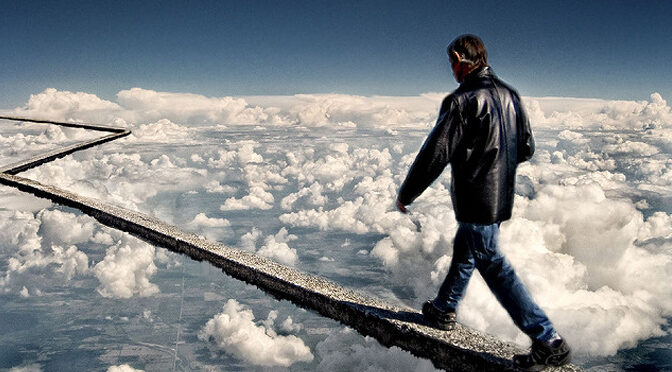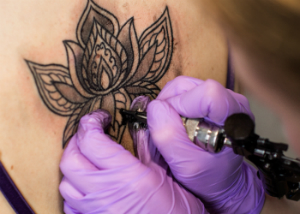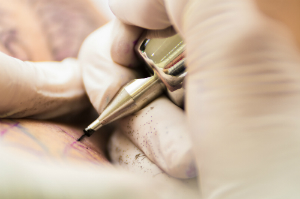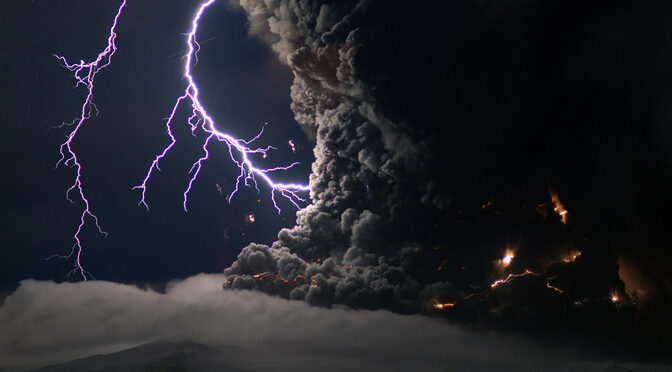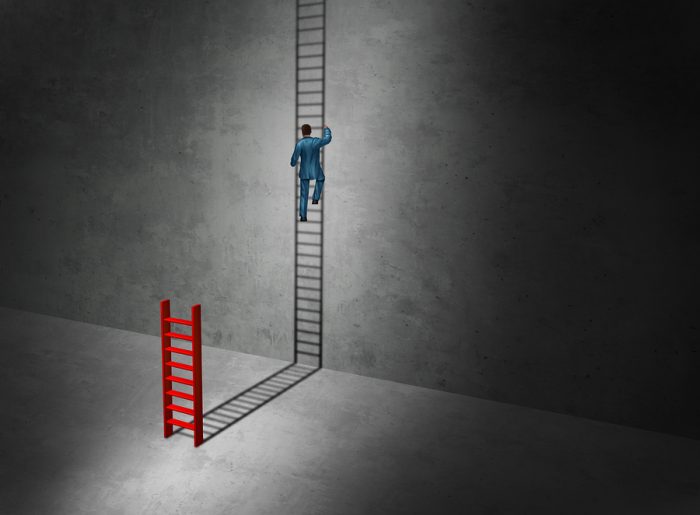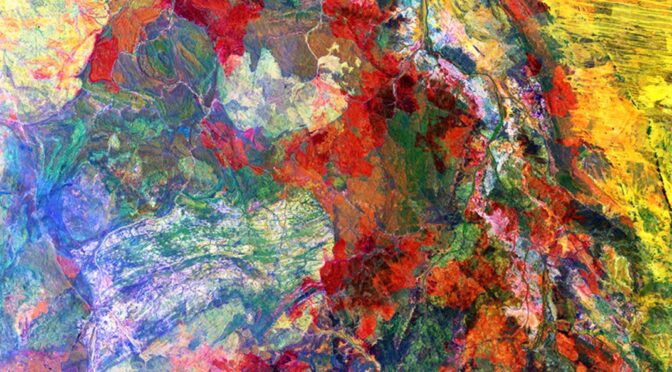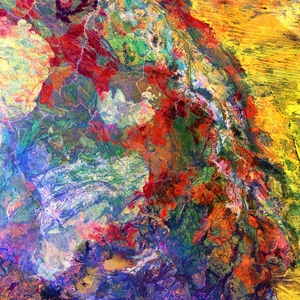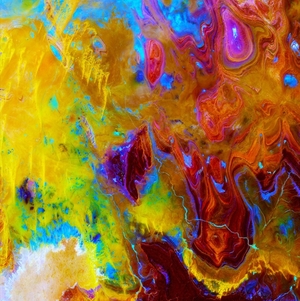“Not until we are lost do we begin to understand ourselves”. Wise words from famed poet Henry David Thoreau, and these words have inspired thousands to seek out their purpose and meaning in life. But why does ‘getting lost’ seem to be the best way to find our true selves? No one really knows the perfect way, but spiritual traveling seems to be what many Westerners believe works.
Why do we Travel to Find Ourselves

Arguably the most common reason people decide to get as far away from their problems as possible is they feel like they have to go down a certain path even if they aren’t motivated to do so.
This includes things like going to a good college, getting a high paying job, getting married, etc. They think there will be this ‘epiphany’ that will suddenly make them realize what they want to do with their life.
The problem is that this often never comes. We get a feeling of being on autopilot, going through the motions of daily life without purpose. We find it stupid and unsafe to follow our dreams because it’s so far off the path of traditional and societal norms laid out for us. So by taking a bold chance to go on a spiritual journey, we feel like we’ve finally taken control of our lives and broken the monotony.
We feel this insatiable desire to be united with our inner self and find our true wants, so we start out with the idea of finding a linear path to lead to our ‘true self’. The reality is that life is a journey with no distinct end, much like a circle maze. So don’t fear the maze, being lost can be a turning point to finding out what you’re truly interested in. If you’re looking for a starting point, check out these 5 places.
5 Spiritual Travel Locations
1. Source of the Ganges (India)
The holiest river in Hinduism stretches over 2000km long throughout India. Every year, thousands make the pilgrimage to the source near Gangotri, trekking 24km from the city. A trickle of water at the end is where pilgrims perform darshans (offerings) as they ask for blessings.
2. Camino de Santiago (Spain)
The Tomb of the Apostle St James is so popular that it’s been named Europe’s Premier Cultural Itinerary and a Unesco World Heritage site. The journey there covers 783km along the Atlantic coast, but it’s recommended you cycle or ride a horse for the trip. Some brave souls decide to walk it as is the tradition. The trip takes about one month, so be prepared.
3. Golden Temple (India)
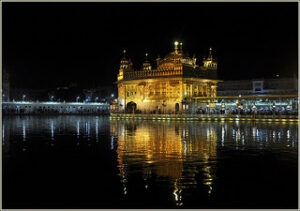
Located on the India-Pakistan border in Amritsar, this shining temple is known as the holiest site in Sikhism. It sits in the middle of the holy Amrit Sarovar pool while pilgrims bathe in the pool and amble clockwise around the marble edges. Visitors are also allowed to join in on prayers inside and around the temple.
4. Mt. Athos (Greece)
Known as the ‘holy mountain’, 20 Eastern Orthodox monasteries surround the slopes on Greece’s Chalkidiki Peninsula. There are strict rules, however, as only 100 Orthodox and 10 non-Orthodox pilgrims are allowed in at a time and it’s limited to men over the age of 18. Permits for non-Orthodox followers must be made 6 months in advance. You take a boat to get to the mountain then you can walk between each of the monasteries.
5. 88 Temple Circuit (Japan)
Located on the island of Shikoku, 88 temples are scattered throughout the 1500km trail. They symbolize the 88 evil human passions defined by Buddhism. Traditionally this pilgrimage was walked, but nowadays you can go by bus to complete it within a day. If you’re looking for something a little more modern with the same effect it’s a good start.
Although a spiritual journey may help you find some purpose or meaning, the true answers will always be deep down in you. Too often we try to find meaning outside our body when in reality the answer is inside us. The eye can see everything except for itself, so try looking in a mirror and you just might find what you’ve been missing!
This article was written by The Hearty Soul. The Hearty Soul is a rapidly growing community dedicated to helping you discover your most healthy, balanced, and natural life.
Sources:
https://www.lonelyplanet.com/travel-tips-and-articles/76631
http://tinybuddha.com/blog/feeling-lost-and-how-it-can-help-you-find-yourself/
http://tinybuddha.com/blog/why-we-struggle-to-find-ourselves-and-how-to-do-it/
http://www.wikihow.com/Find-Yourself
Images:
https://www.flickr.com/photos/nikonmeyou/3204299972/sizes/l
https://pixabay.com/en/norway-mountain-sky-blue-water-772991/
https://www.flickr.com/photos/malasing23/25530761383/sizes/l

